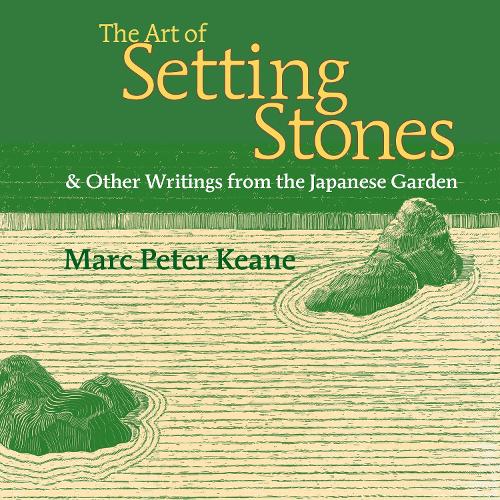
The Art of Setting Stones: & Other Writings from the Japanese Garden
(Paperback)
Publishing Details
The Art of Setting Stones: & Other Writings from the Japanese Garden
By (Author) Marc Peter Keane
Stone Bridge Press
Stone Bridge Press
17th November 2003
United States
Classifications
General
Non Fiction
712.0952
Physical Properties
Paperback
160
Width 152mm, Height 218mm, Spine 10mm
226g
Description
In Japanese gardens, composition follows from placement of the first stone; all elements and plantings become interconnected. These eight essays on Kyoto gardens similarly begin with keen description and build into richly meditative excursions into art, Buddhism, nature, and science. Landscape architect Marc Keane shows how Japanese gardens are both a microcosm of the natural universe and a clear expression of our humanity, mirroring how we think, worship, and organize our lives and communities. Filled with passages of alluring beauty, this is a truly transcendent book about "experiencing" Japanese design.
Marc Peter Keane has lived in Kyoto for 17 years and is author of Japanese Garden Design. He designs residential, company, and temple gardens.
Reviews
"This series of essays may be one of our most important modern interpretations of the meaning of the garden." -Donald Richie
Author Bio
Marc Peter Keane: Marc Peter Keane, a graduate of Cornell
University, is an American landscape architect and author. He has lived in
Kyoto, Japan, for over 20 years and specializes in Japanese garden design.
He is the author of several books about garden design: Japanese Garden
Design (an introduction to the culture and design of Japanese gardens); Sakuteiki:
Visions of the Japanese Garden (a translation of Japan's oldest gardening
text, co-authored with Prof. Jiro Takei), The Art of Setting Stones (a
collection of philosophical essays on gardens), and The Japanese Tea Garden
(history and aesthetics of Japanese tea gardens).
Keane is a fellow at the Research Center for Japanese Garden Art in Kyoto, the
East Asia Program at Cornell University, and the Institute for Medieval
Japanese Studies at Columbia University. He has lectured widely throughout the
United States, England, and Japan.
Keane also acted as chairman of Kyoto Mitate International for many years, a
non-profit organization that worked to revitalize Kyoto's traditional
environments and cultural heritage.
